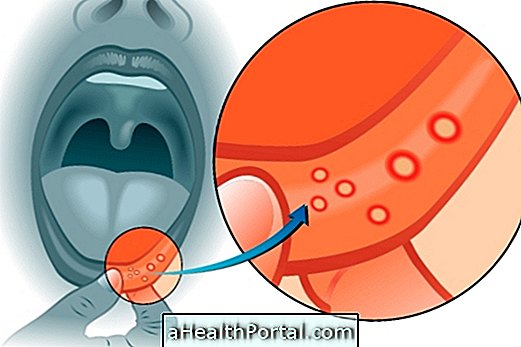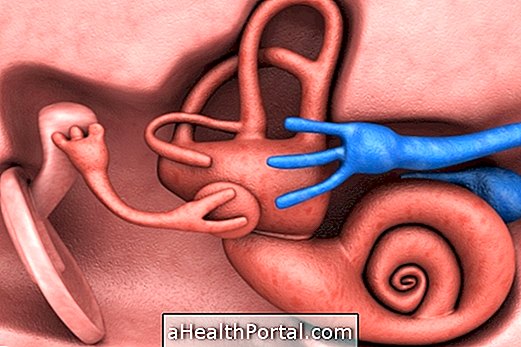Symptoms of septicemia arise when there is an infection somewhere in the body, such as the lungs or urinary tract, for example, which is not treated properly, which favors the spread of the microorganism through the bloodstream and results in symptoms such as fever, nausea, tiredness excessive, chest pain and increased heart rate, for example.
Septicemia refers to infection in the blood that may occur during hospital stay, as a consequence of the environment or medical procedures, or due to the non-treatment of a previous infection. Septicemia is diagnosed mainly by laboratory tests and treatment is done with the use of antibiotics, which are recommended by the doctor according to the type of infection and general health of the person. Learn more about septicemia.

Main symptoms
The symptoms of septicemia arise when some infection is not treated correctly, the microorganism spreading through the bloodstream and reaching other organs. The initial signs of septicemia are:
- Fever above 38ºC;
- Constant shivers and tremors;
- Nausea and vomiting;
- Excessive weakness and tiredness;
- Increased heart rate above 90 beats per minute;
- Rapid, shallow breathing, greater than 20 cycles per minute.
Since septicemia is a serious problem that develops very quickly, it is important to go to the emergency room immediately or call an ambulance, calling 192, whenever there is suspicion of septicemia. If this does not occur, it is possible that the development of severe septicemia, whose main symptoms are:
- Decrease in the amount of urine;
- Mental confusion;
- Difficulty breathing;
- Decreased blood pressure;
- Severe pain in the chest and belly;
- Swelling;
- Change in blood clotting.
If septicemia continues to be treated correctly, the patient may experience septic shock, which is when blood pressure drops rapidly, putting his or her life at risk.
These symptoms may arise at home when you have a pneumonia or urinary tract infection, for example, but may also develop during a hospital stay, especially in people with weakened immune systems, such as infants, the elderly and HIV patients, for example.
How to identify septicemia
The initial diagnosis of septicemia can be complicated and therefore it is important to observe all symptoms. The doctor can request a blood culture, which corresponds to a laboratory examination that allows the identification of microorganisms present in the blood and which is normally done during hospitalization.
In addition, the doctor may order a blood count, which is usually altered in septicemia, and other laboratory tests to identify the main focus of the infection, such as urinalysis, culture of respiratory secretions, or wound.
If there are no obvious infection results, the doctor may also order an X-ray, ultrasound or CT scan, for example, to assess which organs may be affected and to identify the initial focus of the infection. See how the diagnosis of infection in the blood is made.



















-o-que--quando-fazer-e-como-funciona.jpg)



